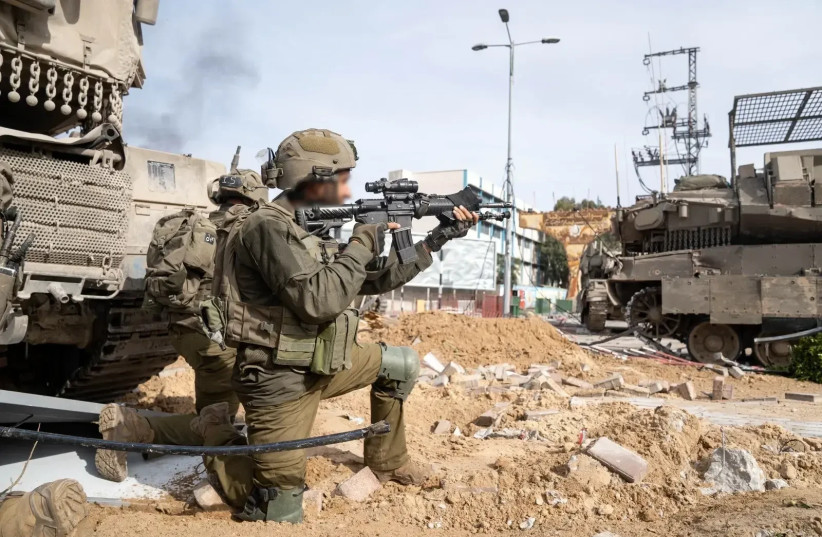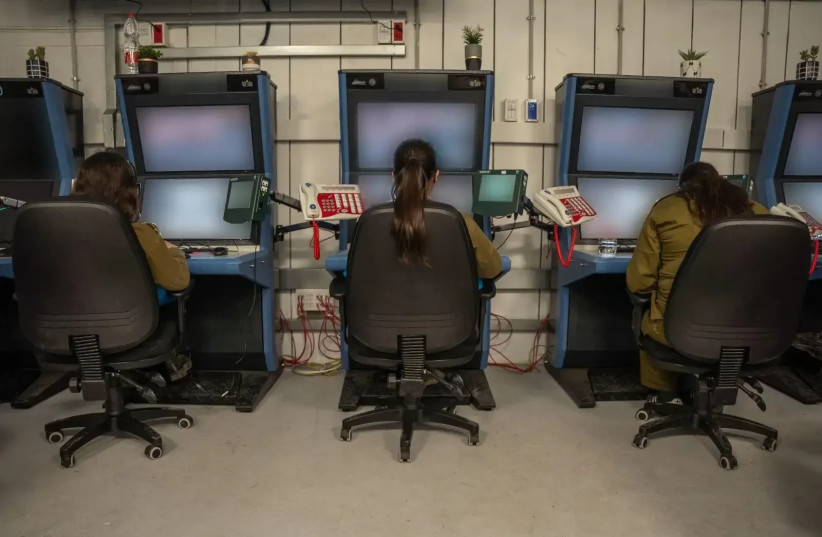At least 1,600 IDF soldiers have started showing symptoms of combat-related PTSD since the start of the ground offensive in the Gaza Strip two months ago, according to data obtained by Walla.
Of these soldiers, 76% returned to combat duties after receiving treatment in the field or from mental health officials attached to their units stationed near the combat zones.
Combat-related PTSD symptoms can manifest during or in close proximity to combat operations, resulting in increased heart rate, excessive sweating, elevated blood pressure, uncontrollable body tremors, confusion, and difficulty concentrating.

Additionally, it can lead to psychological issues such as anxiety, depression, sleep disturbances, restlessness, sudden outbursts of anger, and emotional impairment. Initial treatment exists to restore soldiers' functionality and prevent the exacerbation of symptoms that may induce feelings of helplessness. However, if the symptoms persist for more than four weeks, the soldier's condition may deteriorate into severe post-traumatic stress, necessitating more intensive therapeutic intervention.
How many IDF soldiers need combat PTSD treatment due to the war in Gaza?
So far, approximately 250 soldiers have been discharged from service due to prolonged combat stress symptoms in the during Operation Swords of Iron. Additionally, around 1,000 soldiers sought further assistance at combat trauma rehabilitation centers, as on-site psychological support wasn't enough. Some of these soldiers aren't coping with symptoms directly linked to the war but rather to the flighting against Hamas terrorists at IDF bases during the October 7 massacre.
The combat trauma rehabilitation centers offer individual and group therapies, as well as physical therapy, aimed at alleviating combat stress symptoms and facilitating a swift return to full functionality. Remarkably, 75% of patients from can return to duty, albeit with lowered medical profiles in combat-related roles.

Soldiers requiring physical, psychological, or financial assistance after their service are transferred to the Defense Ministry's Rehabilitation Division for further treatment. Since the start of the war, treatment has been provided to approximately 3,475 soldiers, primarily those with physical wounds.
Furthermore, there have been approximately 760 requests for psychological assistance, although not all applicants will necessarily be diagnosed with PTSD. This is due to the short period of time between when the traumatic event happened and when the request was submitted, as the professional diagnosis may change in the future.
